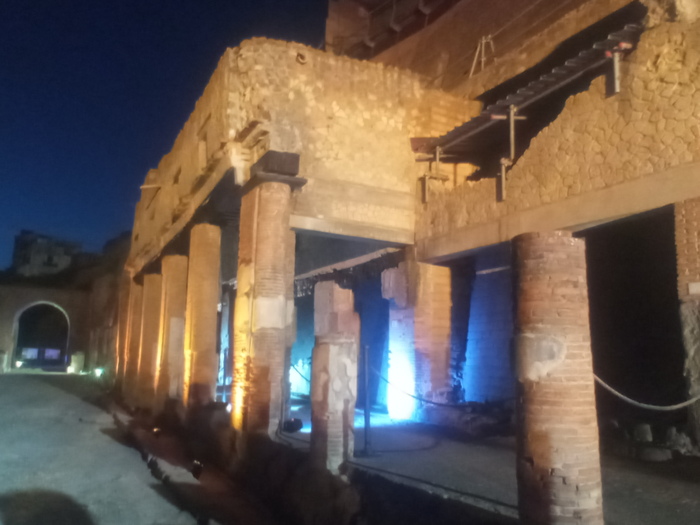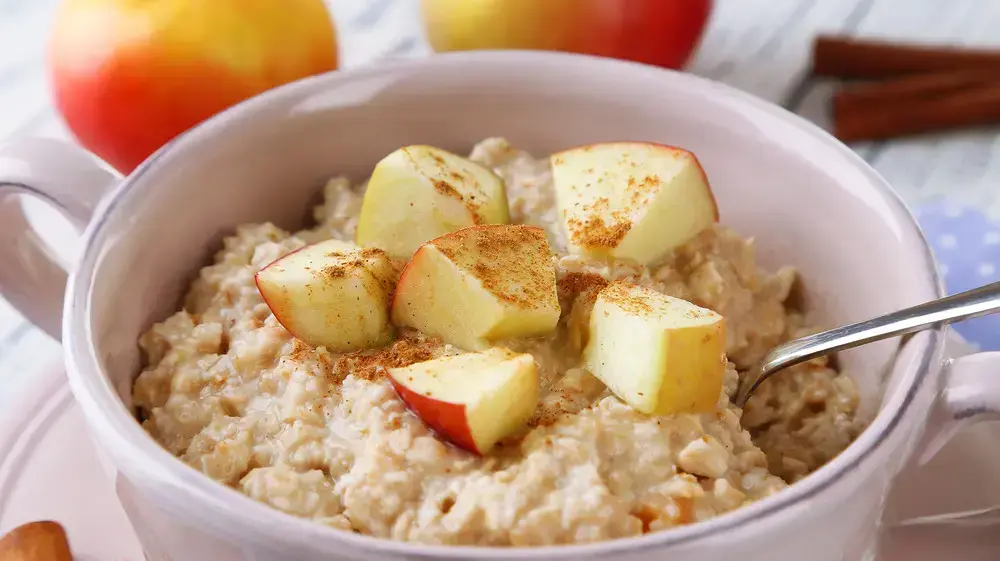Roman cuisine fascinates. She is disgusted on the screen, when Fellini dumps trucks of trafficked meat in front of the heroes of her
Satyricon
. It makes one wince when experimental archeology gives one to smell the harsh fermented viscera of fish that formed the basis of
garum
, the favorite condiment of the Romans. But it also enchants, on the occasion of exhibitions like the one which ended in July at the Lugdunum museum in Lyon, which reformulated, as close as possible to our current knowledge, the Roman art of the table, between stuffed dates, oyster silverware and drunken conviviality. Contemporary research is not limited, however, to mere knowledge of the culinary arts: it also extends to an understanding of consumption itself.
Read alsoTwo thousand years ago, in a fast-food restaurant in Pompeii
Roman dietary practice is precisely what the bioarchaeology laboratory at the British University of York has set out to examine. In order to get as close as possible to the individual diet of the ancient inhabitants of the region of Vesuvius, the researchers selected 17 individuals - 11 men and 6 women - discovered in Herculaneum where they died at the same time, during the dramatic volcanic eruption. from the 1st century AD. Rather than dig into the stomach remains of these ancient Romans, which would be very difficult given that only skeletons remain, scientists at York University proceeded indirectly, to using a new isotopic approach. Thanks to amino acid samples collected from bones,in this way, researchers were able to measure and highlight - with a great degree of precision - the dietary profile of the various individuals studied. And discover some particularly salient features.
One of the many groups of skeletons found in the warehouses of Herculaneum, along the ancient seafront. L. Fattore, Sapienza Università di Roma
The most striking point thus discovered by British scientists during their work concerns the difference observed between the diet of men and women of Herculaneum.
“We found significant differences in the proportion of seafood and land-based food consumed between men and women, implying that access to food was gendered,”
said in a statement. statement from the University of York Oliver Craig, the director of the British laboratory and one of the co-authors of the study published on this subject in August, in the scientific journal
Science Advances
.
Read alsoPompéi: exceptional discovery of a rich Roman ceremonial chariot
Food inequalities
The dietary imbalance observed between men and women by researchers affects in particular the consumption of fish and other seafood. A small port city overlooking the Bay of Naples, Herculaneum depended to a great extent on the maritime domain of Neptune to feed its population. It also depended much more on the sea than do the current inhabitants, noted the scientists of the University of York, noting that the Romans studied kept track of a diet less rich in cereals and much more marine. than those of contemporary Mediterranean populations. In this already favorable context, the male individuals stood out even more by presenting a consumption of seafood products nearly 60% higher than that of the women in the study group.On the other hand, these presented a higher consumption of products from terrestrial animals, fruits and vegetables.
Read alsoFish sauce and stuffed dates: what the inhabitants of Pompeii ate
How to explain this difference? By the social and professional environment of these selected individuals, argued in a press release the archaeologist Silvia Soncini, head of the study published in
Science Advances
:
“Men were more likely to be directly involved in fishing activities. and in the maritime economy, they generally occupied more privileged positions in society and were freed from their eventual slave status at an earlier age than women, which gave them better access to expensive commodities, such as than fresh fish. "
However, the study recalls that the nutritional profile of some of the 17 Romans studied did not correspond to the general observations observed.
Selected from the 340 remains cloistered deep in the docks of Herculaneum, the 17 individuals studied by British scientists should nevertheless help archaeologists to better understand the variations of the Roman diet and nutrition according to gender, rank and precise geographic location of people. The result is a much better understanding of the world of ancient Italy and its social inequalities. To achieve this, however, the York team would have to broaden their new isotopic approach to many other control groups. When it comes to ancient food, researchers still have their work cut out for them.














